We’re fascinated by a recent article on the psychology of “sets of tasks”. You know...that urge we all have to complete that list of “to-dos” for a sense of accomplishment?
You wouldn’t think this urge can have
an impact on fundraising, but it does.
Researchers at the Harvard Business School have found that grouping tasks increases the likelihood that someone will complete them all, instead of abandoning them midway through. The article states:
“New research reveals that people are irrationally but effectively motivated by the idea of completing a set, even if it means working harder or spending more money—with no additional reward other than the satisfaction of completion and the relief of avoiding an incomplete set.”
The Canadian Red Cross used the research to test sets of offers on donation pages and came up with stunning results.
In short, asking prospective donors to “complete” a survival kit by adding more items based on their donation increases their overall gift. One test had a standard list of items akin to your basic shopping cart. Another test image showed the donor’s progress toward completing the kit using a graphic circle.
Here’s that “set of things” test image:
 Image credit: Harvard Business School, Working Knowledge
Image credit: Harvard Business School, Working Knowledge
The circle test, this simple visual completion image, resulted in 4 times the number of people filling the kit. In other words, the “set of things” test delivered a 21% completion rate, compared to 5%. Check out the article for more details.
So, it got us thinking. How can the psychology of “sets of things” go beyond donation pages? How could we inspire supporters to take on a “set of things” for a cause? The cool thing about supporter journeys is that the sequential and triggered mechanics are perfect for a “set of things” experience.
Here are a couple of ideas we’re looking to test soon:
Example #1: The Live Good Challenge™
Sample Copy:
“Would you like to feel good doing good for the next four days?
Then, take the Live Good Challenge.
Each day, we’ll send you one thing to do that’s good for [insert here: the planet, your community, improving your health, etc.].”
Next,
-
Send out each day’s challenge on email and social.
-
Ask supporters to commit with a click, email reply, text or comment that they did it.
-
Track that response and trigger the next journey step.
-
On the next day, send the next task with their personal progress bar.
-
And repeat on Day 3.
-
On the last day, at that “75% Done!” bar, invite them to ”Help a friend feel good too. Challenge them.” Who doesn’t want to help a friend feel good and get 100% done?
That’s deploying “set of things” science to grow your list and social community through a journey experience.
Example #2: The “Micro-Matching Journey”
So you’ve got your annual matching gift campaign coming up and you can’t convert your social folks to donors? Try something different that plays into both “set of things” science and the giving habits of under-30 donors. Set-up a 3-step sequence of digital messages and landing pages to move through this “set of things”.
Sample Copy:
“Want to raise $15 for your cause? Here’s how in 3 easy steps.” [click]
Journey Step 1 of 3: “Share this shareable, get $1”
[click]
“You’ve earned $1 out of $15 for your cause!”
Journey Step 2 of 3: “Watch this funny Facebook live out-take, get $4”
[click]
“You’ve earned $5 out of $15 for your cause!”
Journey Step 3 of 3: “Give $5, we’ll match $5 and you’ll get all $15 for your cause”
[tap PayPal]
“100% complete. $15 of $15.”
At Causemo, we have fun thinking about how to bring data science, brain science and technology together to help causes raise more, do more and make change. If you want to kick around a “set of things” idea, reach us at info@causemo.com. We’d love to collaborate!










